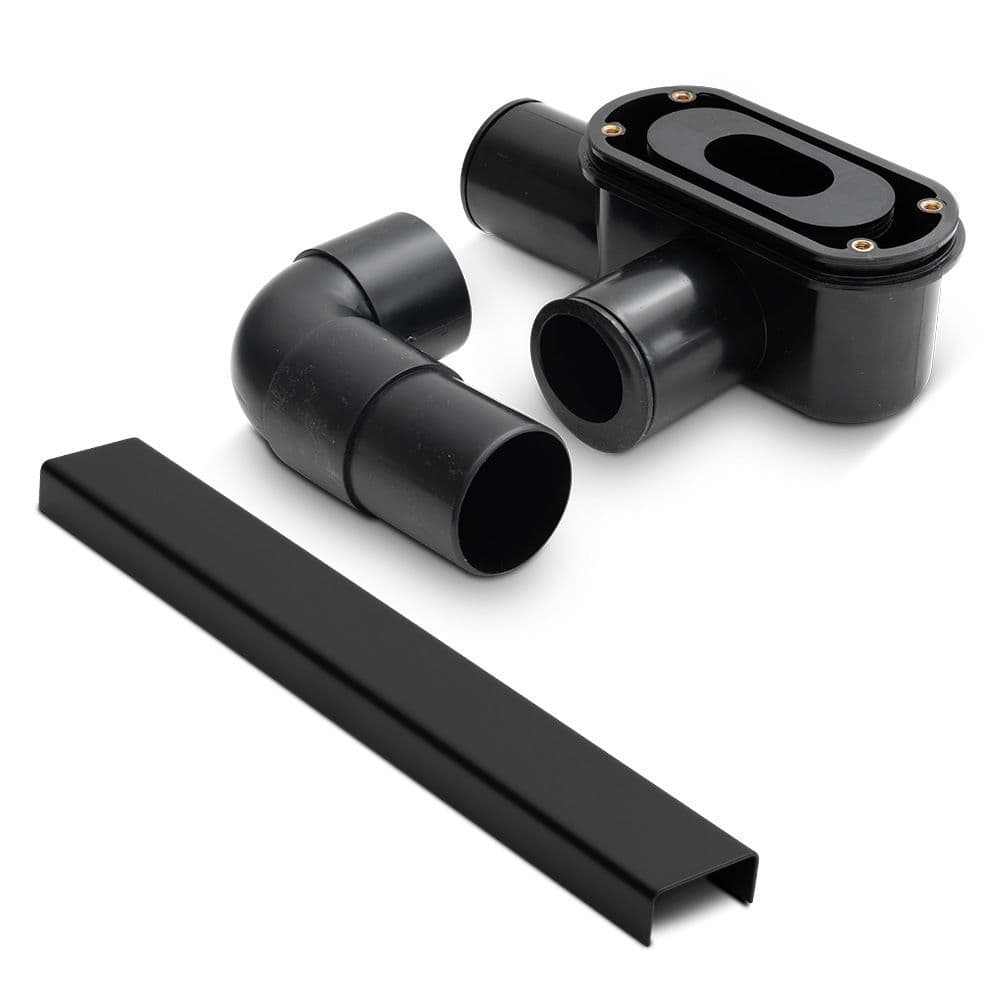As tiles are waterproof and easy to clean, they present a practical floor choice for kitchens and bathrooms where underfloor heating is often installed.
However, today, tiled flooring can be found in a wide range of rooms of the house, from open-plan living spaces and conservatories to home offices and hallways. Tiles and underfloor heating are a perfect pairing because of their qualities. Tiling tends to conduct heat effectively, so heat is easily transferred to them, rapidly warming up rooms. Tiles also retain heat well, improving the overall efficiency of underfloor heating.
Combining underfloor heating with tiling has multiple benefits:
A flexible solution, natural stone and ceramic tiles can be used as floor finishes on every floor level and have a high-end visual appeal.

Exceptionally durable, tiles are hardwearing and easy to care for, which means installations can last for many years.

The conductive properties of tiling means heating systems don’t have to work as hard and require less energy to run, lowering costs for users.

Tiles can be cold to step on, but with underfloor heating fitted beneath, stepping on them becomes a luxurious experience.
What tiles are suitable for underfloor heating?
A wide range of tiling options work well with underfloor heating, but each has its own properties. As a result, some tiles will work better than others with radiant floor heating.
Stone and ceramic tiles offer the least resistance to heat and allow transfer from the underfloor heatingequipment swiftly and effectively. While tile thickness won’t impact overall heat output, it can extend warm up times.
Porcelain and ceramic are commonly more cost-effective tile options than natural stone and floor specialists, and manufacturers can offer advice on suitability for use with underfloor heating.
Marble is considered the most conductive natural stone and is offered in different thicknesses. However, it is also the most expensive.
Slate is another exceptionally conductive natural floor finish, as is limestone. However, out of all the tiling options, limestone requires the most attention and care during installation.
When fitting stone and ceramic tiling with underfloor heating, it’s also advisable to use a flexible adhesive and a de-coupling membrane to prevent hairline crack expansion that can be caused by sub-floor movement.
What do I do next?
If you need more help, our highly experienced team are available to answer your questions.
You can contact us via the options below:


















